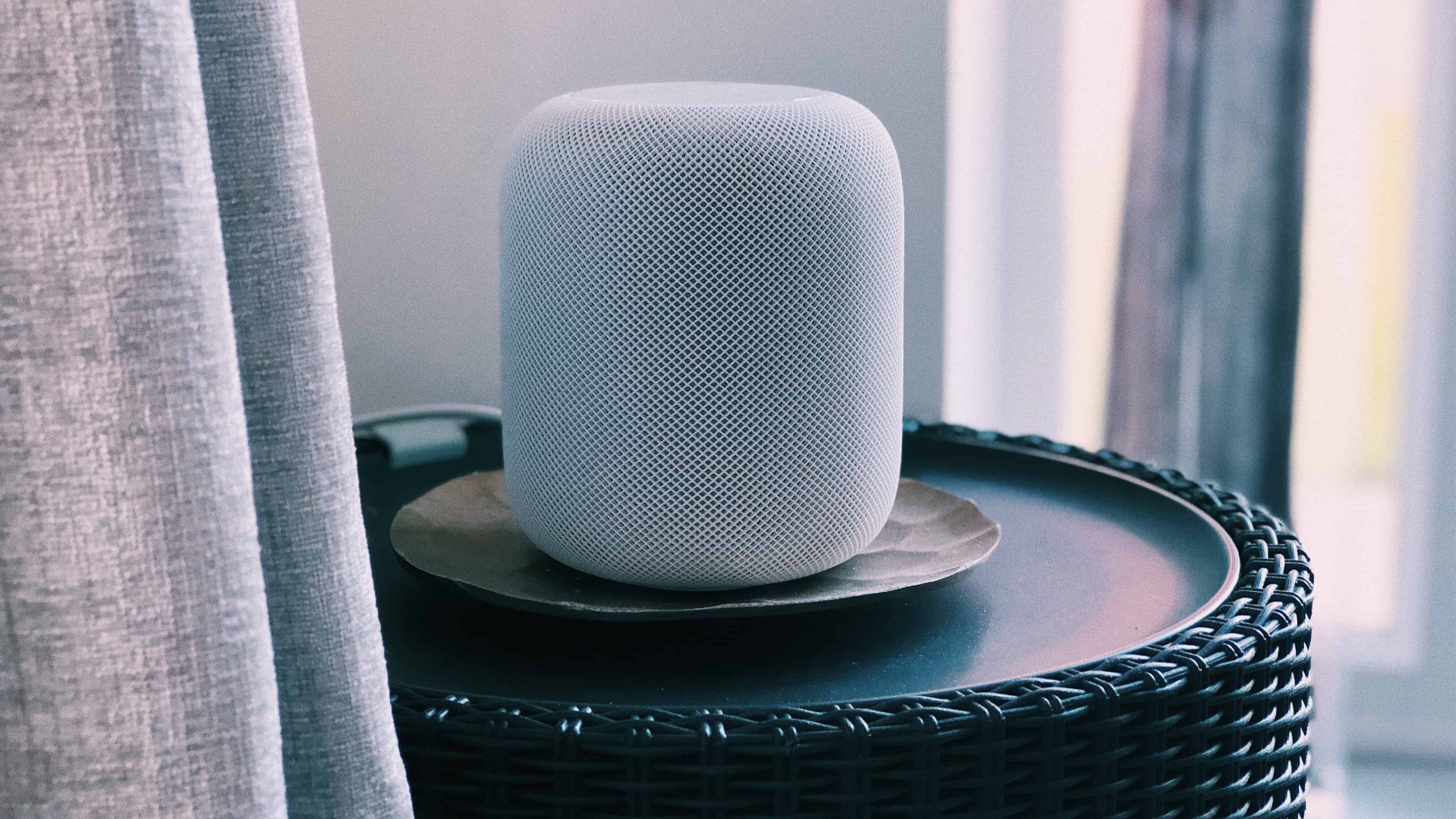Apple is rumored to release an updated HomePod model in 2022 or 2023, but there may not be much innovation in hardware design for the Siri wireless speaker.

- Apple analyst Ming-Chi Kuo is convinced that an updated HomePod version is arriving later in 2022 (read: Fall 2022) or in early 2023 (read: Spring 2023), but cautioned against expecting major hardware improvements.
- The analyst didn’t say whether to expect a new version of the full-size HomePod which is no longer in the lineup or the smaller, more affordable HomePod mini.
- The full-size HomePod launched in February 2018 but was discontinued in March 2021 because Apple priced itself out of the high-end wireless speaker market. The more affordable $99 HomePod mini dropped in November 2020.
A new HomePod or an updated HomePod?
Kuo’s Twitter can be pretty cryptic so we’re not surprised he wouldn’t specify whether he was expecting an updated version of the existing HomePod mini or a new model to add to the HomePod brand. Whatever it turns out to be, this rumored HomePod could arrive around the end of 2022 or in early 2023. He is not expecting any major improvements for the speaker because “there may not be much innovation in hardware design.” Kuo’s wording is a tad puzzling because what’s the point of releasing an updated device that brings very little innovation? Is he saying an updated HomePod might offer new features but without a radical redesign?
Who needs an updated HomePod with no new features?
One possible answer could be margins—imagine an updated HomePod with fewer chips, less expensive components and an optimized design. Such a device could easily command higher margins than the $99 HomePod mini. Apple did a similar thing with the third-generation Apple TV, launching an updated model that was visually identical to its predecessor but came with a variant of the company’s A5 chip that was cheaper to manufacture than the one in the prior model. On top of that, the updated third-generation Apple TV drew less power than the original third-generation model and introduced support for peer-to-peer AirPlay thanks to a newer Bluetooth chip. Read: How to set up a primary user on your HomePod
Apple would release a new version of HomePod in 4Q22-1Q23, and there may not be much innovation in hardware design. Smart speakers are undoubtedly one of the essential elements of the home ecosystem, but I think Apple is still figuring out how to succeed in this market.
— 郭明錤 (Ming-Chi Kuo) (@mingchikuo) May 20, 2022
Kuo generally thinks that Apple hasn’t cracked the wireless speaker market yet. The company, he suggested, continues to experiment in this space. “Smart speakers are undoubtedly one of the essential elements of the home ecosystem, but I think Apple is still figuring out how to succeed in this market,” reads his tweet.
HomePod is work-in-progress
Kuo is right about that: Apple saw little success with the full-size Siri speaker. Despite it having superior sound to rivals speakers from Amazon and Google, there weren’t enough people ready to pay $349 for a smart speaker with great sound. Apple later permanently discounted the device to $249, but it was still too pricey. Eventually, poor sales led to the discontinuation of the full-size HomePod. Apple is now selling the smaller HomePod mini that has less sophisticated sound but strikes the magic point of just ninety-nine bucks. Read: How to AirPlay audio to HomePod without Wi-Fi